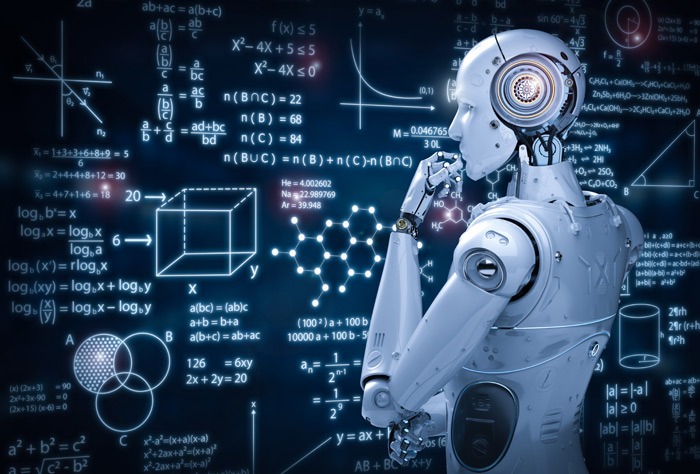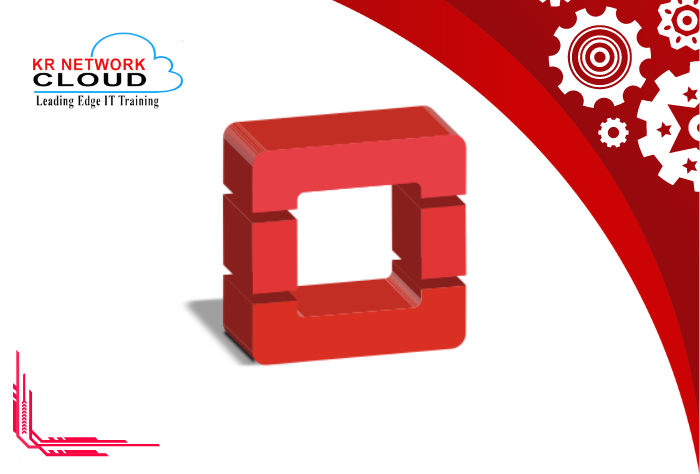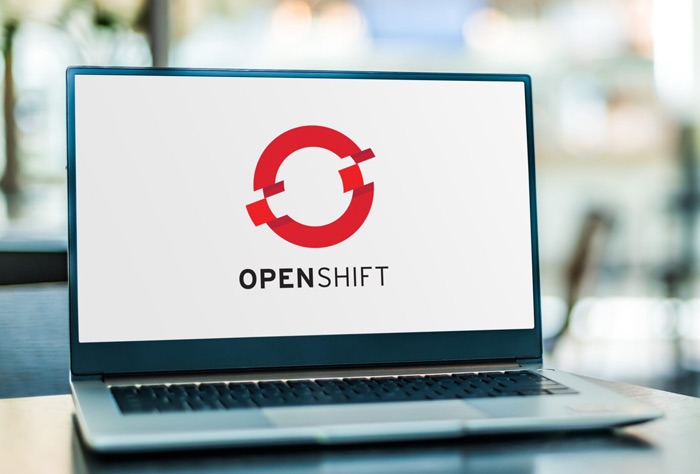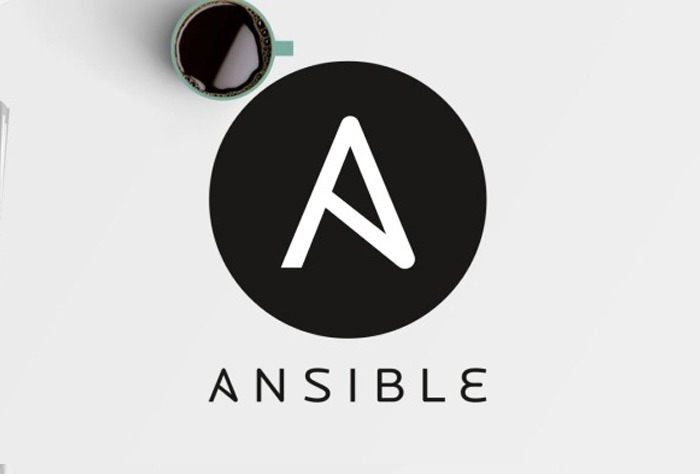All About Machine Learning

- KR NETWORK CLOUD
- July 19, 2020
AI (ML) is the investigation of PC calculations that improve naturally through understanding. It is viewed as a subset of man-made consciousness. AI calculations fabricate a numerical model dependent on test information, known as “preparing information”, so as to settle on forecasts or choices without being unequivocally customized to do so. Machine learning calculations are utilized in a wide assortment of uses, for example, email sifting and PC vision, where it is troublesome or infeasible to create ordinary calculations to play out the required undertakings.
AI is firmly identified with computational measurements, which centers around making expectations utilizing PCs. The investigation of numerical advancement conveys techniques, hypothesis and application spaces to the field of AI. Information mining is a related field of study, concentrating on exploratory information examination through unaided learning. In its application across business issues, AI is likewise alluded to as prescient investigation. AI includes PCs finding how they can perform undertakings without being unequivocally modified to do as such. It includes PCs gaining from information gave with the goal that they complete certain errands. For basic errands appointed to PCs, it is conceivable to program calculations advising the machine how to execute all means required to tackle the current issue; on the PC’s part, no learning is required. For further developed errands, it very well may be trying for a human to physically make the required calculations. Practically speaking, it can end up being progressively powerful to enable the machine to build up its own calculation, as opposed to have human software engineers indicate each required advance. The order of AI utilizes different ways to deal with instruct PCs to achieve errands where no completely agreeable calculation is accessible. In situations where immense quantities of potential answers exist, one methodology is to mark a portion of the right answers as legitimate. This would then be able to be utilized as preparing information for the PC to improve the algorithm(s) it uses to decide right answers. For instance, to prepare a framework for the assignment of advanced character acknowledgment, the MNIST dataset has regularly been utilized. AI draws near AI approaches are generally isolated into three general classes, contingent upon the idea of the “sign” or “input” accessible to the learning framework: Directed learning: The PC is given model data sources and their ideal yields, given by an “educator”, and the objective is to gain proficiency with a general standard that guides contributions to yields. Solo learning: No names are given to the learning calculation, leaving it all alone to discover structure in its info. Unaided learning can be an objective in itself (finding shrouded designs in information) or a methods towards an end (include learning).
Support learning: A PC program collaborates with a unique domain wherein it must play out a specific objective, (for example, driving a vehicle or playing a game against an adversary). As it explores its difficult space, the program is given criticism that is practically equivalent to rewards, which it attempts to expand. Different methodologies have been created which don’t fit flawlessly into this three-overlay categorisation, and in some cases more than one is utilized by a similar AI framework. For instance point demonstrating, dimensionality decrease or meta learning. Starting at 2020, profound learning has become the prevailing methodology for much progressing work in the field of AI .






